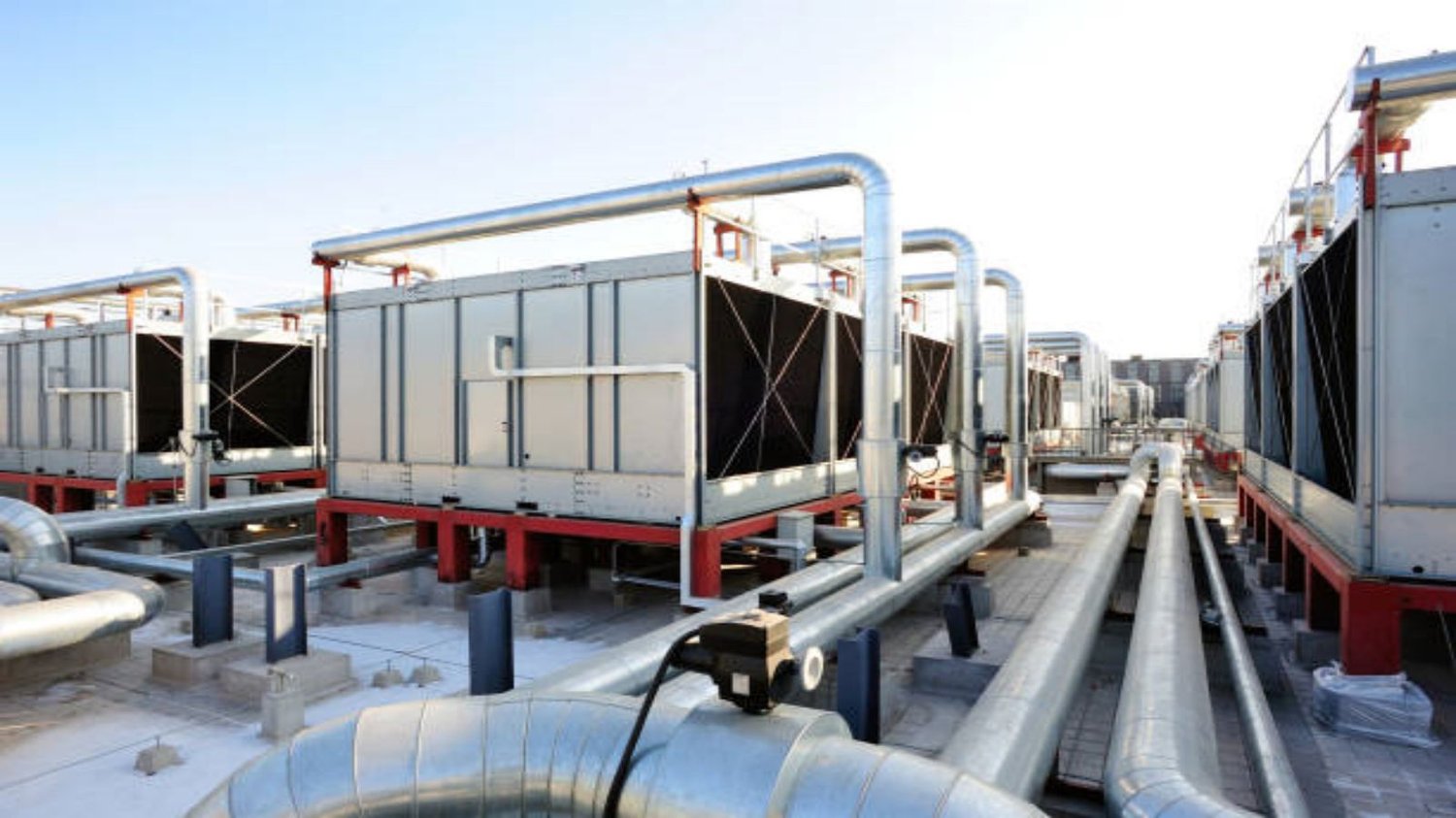chillers vs cooling towers: Understanding the Differences and Benefits
When it comes to cooling systems in industrial and commercial settings, two common options are chillers and cooling towers. While both serve the purpose of cooling water, they differ in their mechanisms and applications. In this article, we will explore the differences between chillers and cooling towers, as well as their respective benefits and applications.
1. What Are Chillers?
Chillers are mechanical devices used to remove heat from a liquid through a vapor-compression or absorption refrigeration cycle. They work by circulating a refrigerant, typically a chemical substance like R-134a or ammonia, to absorb heat from the water and then reject it outside the system. Chillers are commonly used for air conditioning systems, process cooling, and industrial applications.
2. What Are Cooling Towers?
Cooling towers, on the other hand, are heat rejection devices that transfer waste heat to the atmosphere through the process of evaporative cooling. They use the principle of evaporative heat transfer, where a small portion of water is evaporated, resulting in a cooling effect on the remaining water. Cooling towers are widely used in large-scale industrial and commercial applications to cool water used in equipment, such as power plants, refineries, and manufacturing facilities.
3. Efficiency and Energy Consumption
When it comes to efficiency, chillers and cooling towers have different characteristics. Chillers are generally more energy-efficient than cooling towers, as they can provide precise temperature control and operate at a higher Coefficient of Performance (COP). However, cooling towers can be more efficient in terms of water usage, as they recycle and evaporate a portion of the water, reducing the overall consumption.
4. Cooling Capacity
Chillers and cooling towers also differ in terms of their cooling capacity. Chillers are typically designed to provide cooling for specific loads, such as air conditioning systems in buildings or process cooling in industrial applications. Cooling towers, on the other hand, are designed to handle larger cooling loads, making them suitable for cooling water in power plants, data centers, and other large-scale facilities.
5. Maintenance and Lifespan
In terms of maintenance, both chillers and cooling towers require regular upkeep to ensure optimal performance and longevity. Chillers may require more frequent maintenance, including cleaning of condenser coils and regular refrigerant checks. Cooling towers, on the other hand, require regular inspection and cleaning of the tower fill and drift eliminators to prevent scaling and fouling. The lifespan of both systems can vary depending on factors such as usage, maintenance, and the quality of the equipment.
6. Cost Considerations
The cost of installing and operating chillers and cooling towers can vary significantly. Chillers tend to have higher upfront costs due to their complex refrigeration systems and precise temperature control capabilities. However, they can offer long-term energy savings and lower operating costs. Cooling towers generally have lower initial costs but can be more expensive to operate due to water consumption and the need for water treatment to prevent scaling and corrosion.
7. Environmental Impact
When it comes to environmental impact, both chillers and cooling towers have their considerations. Chillers that use ozone-depleting refrigerants, such as older models using R-22, can contribute to environmental harm. However, newer chillers are designed to use more environmentally friendly refrigerants, such as R-410A. Cooling towers, on the other hand, consume large amounts of water, which can be a concern in regions with water scarcity. Proper water treatment and management are essential to minimize the environmental impact of cooling towers.
8. Noise Levels
Another aspect to consider when comparing chillers and cooling towers is the noise level they produce. Chillers tend to be quieter due to their enclosed systems and the use of sound-dampening materials. Cooling towers, on the other hand, can generate noise due to the large fans used to facilitate the heat transfer process. Proper acoustic design and placement of cooling towers can help mitigate noise-related concerns.
9. Applications and Industries
Chillers find applications in various industries, including commercial buildings, hospitals, hotels, and food processing facilities. They are also commonly used for process cooling in manufacturing plants, pharmaceutical production, and chemical processing. Cooling towers, on the other hand, are essential in industries that require large-scale cooling, such as power generation, oil refineries, petrochemical plants, and steel manufacturing.
10. Choosing the Right System
When deciding between chillers and cooling towers, it is crucial to consider the specific requirements of your application. Factors such as cooling capacity, energy efficiency, water availability, maintenance needs, and environmental considerations should all be taken into account. Consulting with a professional in the field can help you determine the most suitable cooling system for your needs.
